Ildar Rakhmatulin
A Systematic Review of EEG-based Machine Intelligence Algorithms for Depression Diagnosis, and Monitoring
Mar 25, 2025Abstract:Depression disorder is a serious health condition that has affected the lives of millions of people around the world. Diagnosis of depression is a challenging practice that relies heavily on subjective studies and, in most cases, suffers from late findings. Electroencephalography (EEG) biomarkers have been suggested and investigated in recent years as a potential transformative objective practice. In this article, for the first time, a detailed systematic review of EEG-based depression diagnosis approaches is conducted using advanced machine learning techniques and statistical analyses. For this, 938 potentially relevant articles (since 1985) were initially detected and filtered into 139 relevant articles based on the review scheme 'preferred reporting items for systematic reviews and meta-analyses (PRISMA).' This article compares and discusses the selected articles and categorizes them according to the type of machine learning techniques and statistical analyses. Algorithms, preprocessing techniques, extracted features, and data acquisition systems are discussed and summarized. This review paper explains the existing challenges of the current algorithms and sheds light on the future direction of the field. This systematic review outlines the issues and challenges in machine intelligence for the diagnosis of EEG depression that can be addressed in future studies and possibly in future wearable technologies.
Encoder with the Empirical Mode Decomposition (EMD) to remove muscle artefacts from EEG signal
Sep 22, 2024Abstract:This paper introduces a novel method for effectively removing artifacts from EEG signals by combining the Empirical Mode Decomposition (EMD) method with a machine learning architecture. The proposed method addresses the limitations of existing artifact removal techniques by enhancing the EMD method through interpolation of the upper and lower. For conventional artifact removal methods, the EMD technique is commonly employed. However, the challenge lies in accurately interpolating the missing components of the signal while preserving its inherent frequency components. To overcome this limitation, we incorporated machine learning technique, which enables us to carefully handle the interpolation process without directly manipulating the data. The key advantage of our approach lies in the preservation of the natural characteristics of the EEG signal during artifact removal. By utilizing machine learning for interpolation, we ensure that the average component obtained through the EMD method retains the crucial frequency components of the original signal. This preservation is essential for maintaining the integrity and fidelity of the EEG data, allowing for accurate analysis and interpretation. The results obtained from our evaluation serve to validate the effectiveness of our approach and pave the way for further advancements in EEG signal processing and analysis.
Three Approaches to the Automation of Laser System Alignment and Their Resource Implications: A Case Study
Sep 17, 2024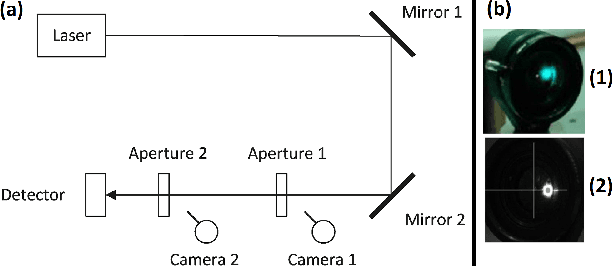
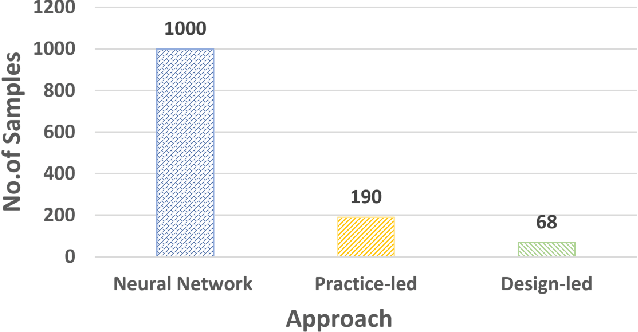
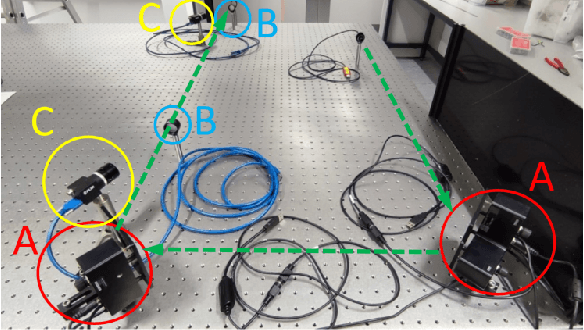
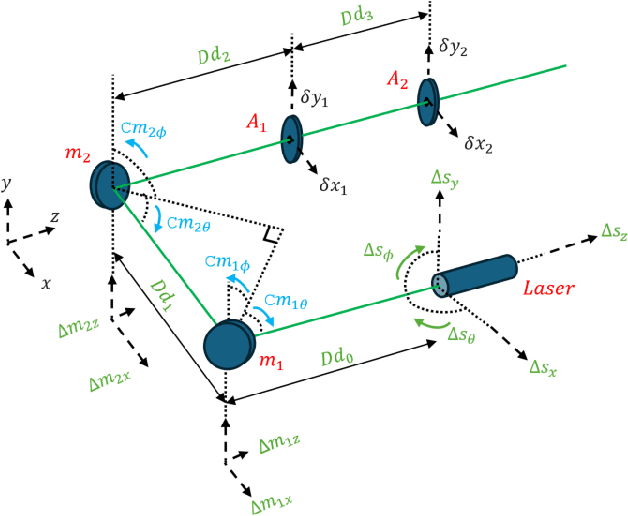
Abstract:The alignment of optical systems is a critical step in their manufacture. Alignment normally requires considerable knowledge and expertise of skilled operators. The automation of such processes has several potential advantages, but requires additional resource and upfront costs. Through a case study of a simple two mirror system we identify and examine three different automation approaches. They are: artificial neural networks; practice-led, which mimics manual alignment practices; and design-led, modelling from first principles. We find that these approaches make use of three different types of knowledge 1) basic system knowledge (of controls, measurements and goals); 2) behavioural skills and expertise, and 3) fundamental system design knowledge. We demonstrate that the different automation approaches vary significantly in human resources, and measurement sampling budgets. This will have implications for practitioners and management considering the automation of such tasks.
PiEEG-16 to Measure 16 EEG Channels with Raspberry Pi for Brain-Computer Interfaces and EEG devices
Sep 08, 2024
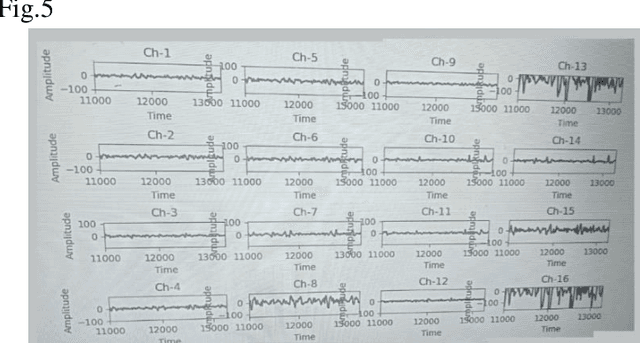
Abstract:This article introduces a cost-effective gateway into the fascinating world of neuroscience: the PIEEG-16, a versatile shield for RaspberryPi designed to measure 16 channels of various biosignals, including EEG (electroencephalography), EMG (electromyography), and ECG (electrocardiography) without any data transfer over the network (Wi-Fi, Bluetooth) and processing and feature ectraction directly on the Raspberry in real-time. This innovative tool opens up new possibilities for neuroscience research and brain-computer interface experiments. By combining the power of RaspberryPi with specialized biosignal measurement capabilities, the PIEEG-16 represents a significant step forward in democratizing neuroscience research and exploration.
JNEEG shield for Jetson Nano for real-time EEG signal processing with deep learning
May 14, 2024Abstract:The article presents an accessible route into the field of neuroscience through the JNEEG device. This device allows converting the Jetson Nano board into a brain-computer interface, making it easy to measure EEG, EMG, and ECG signals with 8 channels. With Jetson Nano is possible use deep learning for real-time signal processing and feature extraction from EEG in real-time without any data transmission. Over the past decade, the proliferation of artificial intelligence has significantly impacted various industries, including neurobiology. The integration of machine learning techniques has opened avenues for practical applications of EEG signals across technology sectors. This surge in interest has led to the widespread popularity of low-cost brain-computer interface devices capable of recording EEG signals using non-invasive electrodes. JNEEG device demonstrates satisfactory noise levels and accuracy for use in applied tasks with machine learning.
EEG for fatigue monitoring
Jan 28, 2024Abstract:Physiological fatigue, a state of reduced cognitive and physical performance resulting from prolonged mental or physical exertion, poses significant challenges in various domains, including healthcare, aviation, transportation, and industrial sectors. As the understanding of fatigue's impact on human performance grows, there is a growing interest in developing effective fatigue monitoring techniques. Among these techniques, electroencephalography (EEG) has emerged as a promising tool for objectively assessing physiological fatigue due to its non-invasiveness, high temporal resolution, and sensitivity to neural activity. This paper aims to provide a comprehensive analysis of the current state of the use of EEG for monitoring physiological fatigue.
Device JNEEG to convert Jetson Nano to brain-Computer interfaces. Short report
Jan 23, 2023

Abstract:Artificial intelligence has made significant advances in recent years and this has had an impact on the field of neuroscience. As a result, different architectures have been implemented to extract features from EEG signals in real time. However, the use of such architectures requires a lot of computing power. As a result, EEG devices typically act only as transmitters of EEG data, with the actual data processing taking place in a third-party device. That's expensive and not compact. In this paper, we present a shield that allows a single-board computer, the Jetson Nano from Nvidia, to be converted into a brain-computer interface and, most importantly, the Jetson Nano's capabilities allow machine learning tools to be used directly on the data collection device. Here we present the test results of the developed device. https://github.com/HackerBCI/EEG-with-JetsonNano
RaspberryPi to measure EEG, ECG, EMG and EOG with Shield PiEEG
Jan 01, 2023Abstract:In this paper presented hardware and software for shield PiEEG for reading signals through the families of single-board computers - RaspberryPi, OrangePi, BananaPi, etc. For the most part, the paper provides technical information on how to implement this device. This device is designed to be familiar with neuroscience and is one of the easiest ways to get started with EEG measurements.
Cycle-GAN for eye-tracking
May 21, 2022
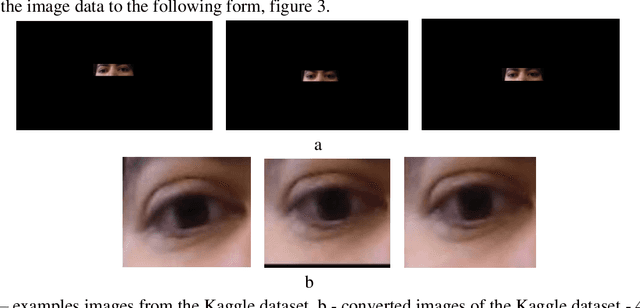
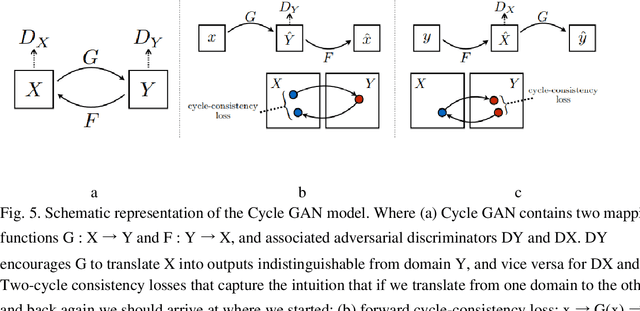
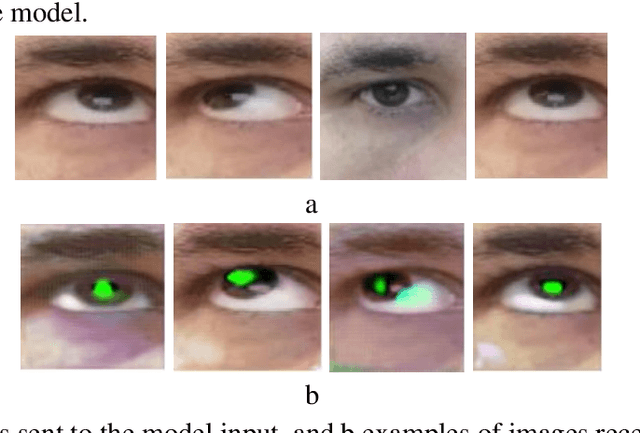
Abstract:This manuscript presents a not typical implementation of the cycle generative adversarial networks (Cycle-GAN) method for eye-tracking tasks.
Brain-Computer-Interface controlled robot via RaspberryPi and PiEEG
Feb 04, 2022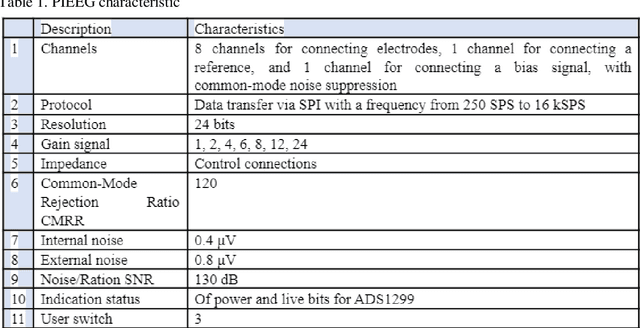
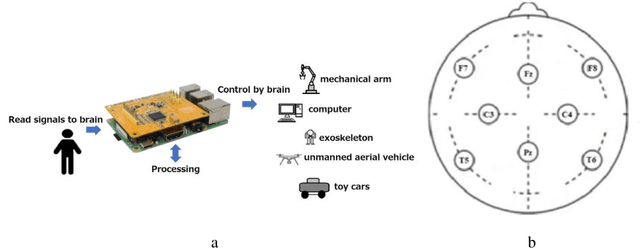
Abstract:This paper presents Open-source software and a developed shield board for the Raspberry Pi family of single-board computers that can be used to read EEG signals. We have described the mechanism for reading EEG signals and decomposing them into a Fourier series and provided examples of controlling LEDs and a toy robot by blinking. Finally, we discussed the prospects of the brain-computer interface for the near future and considered various methods for controlling external mechanical objects using real-time EEG signals.
 Add to Chrome
Add to Chrome Add to Firefox
Add to Firefox Add to Edge
Add to Edge